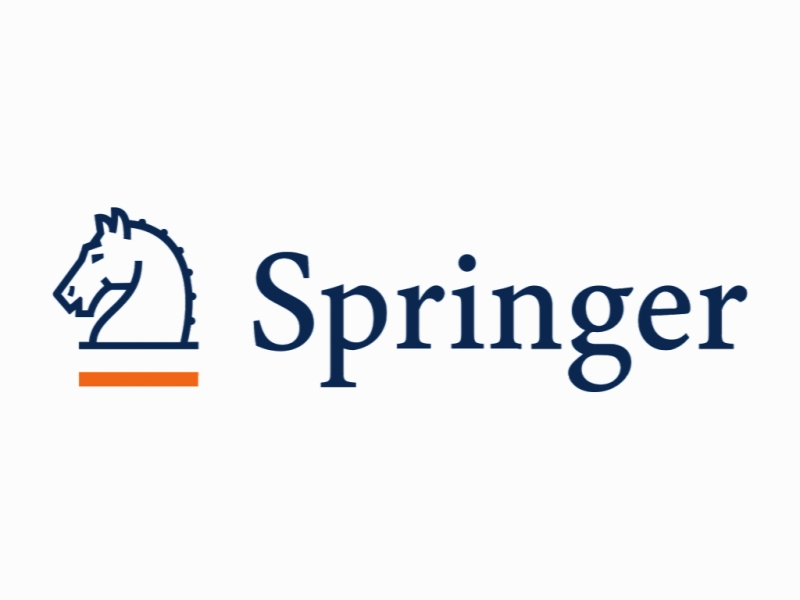انتشار داده های لحظه ای زمین لرزه: کاربرد آمار Hurst در ترسیم خوشه های موقت و آسیب های لرزه ای Seismic moment release data in earthquake catalogue: Application of Hurst statistics in delineating temporal clustering and seismic vulnerability
- نوع فایل : کتاب
- زبان : انگلیسی
- ناشر : Springer
- چاپ و سال / کشور: 2018
توضیحات
رشته های مرتبط مهندسی عمران
گرایش های مرتبط مهندسی زلزله
مجله انجمن زمین شناسی هند – Journal of the Geological Society of India
دانشگاه Geological Survey of India – Central Headquarters – India
منتشر شده در نشریه اسپرینگر
گرایش های مرتبط مهندسی زلزله
مجله انجمن زمین شناسی هند – Journal of the Geological Society of India
دانشگاه Geological Survey of India – Central Headquarters – India
منتشر شده در نشریه اسپرینگر
Description
INTRODUCTION Earthquake events of similar magnitude occurring close together in space produce spatial seismic clusters. A temporal seismic cluster is suspected in a region if it consists of successive multiple earthquakes of magnitudes either greater or less than a threshold value originating within an acceptable time period. In seismology, foreshock – mainshock – aftershock sequences form spatial clusters which can be recognised in an earthquake catalogue and seismicity map with little effort. But, moderate to large magnitude earthquakes and its corresponding moment release data also occur as temporal clusters which cannot be easily delineated by visual search within a catalogue or seismic map. The degree of such clustering is usually reflected by alternate temporal clustering of high, moderate and low seismic moment values in an earthquake catalogue where successive moment release values form a natural time series. The tendency of this type of temporal clustering within a catalogue is best identified through a non-parametric statistical procedure commonly known as Hurst statistics and corresponding Hurst plot, developed by Hurst (1951, 1956). This rescaled range analysis of Hurst (Feder, 1988) has been applied on many sequential time series data that occur in nature to quantify and classify high and low clustering hidden in dataset of various geo-scientific discipline (Wallis and Matalas, 1970, 1971; Haslett and Raftery, 1989; Evans, 1996; Chen and Hiscott, 1999; Weber and Talkner, 2001; Mukhopadhyay et al., 2003; Koutsoyiannis, 2003; Hernandez-Martinez et al., 2013; Feng and Zhou, 2013; Markonis and Koutsoyiannis, 2013;Shi et al., 2015; Miao et al., 2015), including yearly cumulative earthquake moment release data for pattern recognition in tectonic zones of Himalayas with an aim to identify precursor(s) for impending events (Mukhopadhyay et al., 2009). In the present paper, the sequential moment release data of macro-earthquakes (Mw ≥ 4.3) from January 1965 to June 2016 within the bounding latitude 0°–32° N and longitude 87°–98° E comprising of tectonic/seismic domains: NE Himalaya including Tibet (NEHT), Burmese–Andaman Arc System (BAAS) and West Sunda Arc (WSA) have been analysed subdividing the area into seventeen seismic zones (A to Q) solely depending on seismo-tectonic criteria. The temporal clustering within the sequential moment release data of earthquakes in those zones (A to Q) are quantified through Hurst statistics. The statistics compute degree of clustering in moment release value by a scalar coefficient Hurst K.


